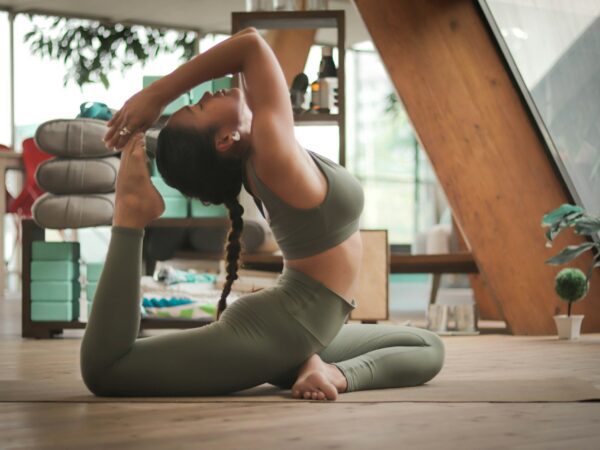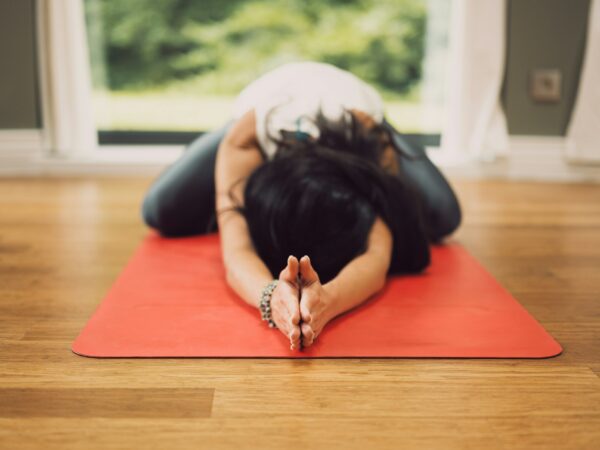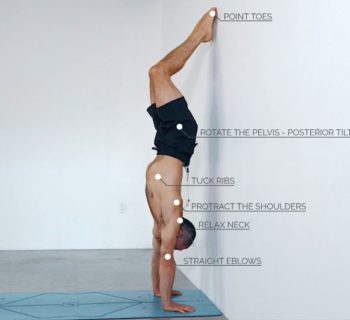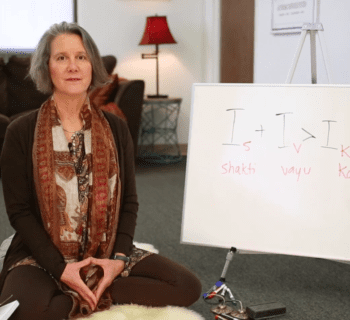Learning how to do a handstand is a great way to challenge yourself. Handstands help improve your strength, flexibility, and balance. Mastering this pose takes time, but with drills that target its components, you’ll be able to do the pose much faster than if you practiced with no focus at all. You’ll find video lessons throughout this post that you can use on your handstand journey.
Let’s take a look at the essential components you need to master handstands.
Shoulder strength and flexibility
One of the most important things you need to do handstands in yoga is strong and flexible shoulders. Your shoulders need to be able to support your body weight, and they also need to move comfortably through a full range of motion. If your shoulders are not strong and flexible, you are at risk of injuring them. So make sure to focus on strengthening and stretching your shoulder muscles if you want to do handstands in yoga.
Poses like plank, puppy pose, and yoga pushups will help you build the strength and flexibility you need.
If you have shoulder pain or a shoulder injury, you should avoid doing handstands until your shoulder has healed.
Core strength
A strong core is another key component when you are learning how to do a handstand. The core is made up of the muscles in your abdominal and lower back region. These muscles work together to stabilize your spine and trunk.
If you have a weak or tight core, you may find that you are unable to keep your body in a straight line or that you start to wobble and fall out of the handstand.
Poses like plank and navasana (boat pose) build the core strength you need for a stable handstand.
In this brief yoga class, Kino MacGregor teaches you drills to build the shoulder and core strength you need for doing your handstand.
Flexibility
Strength isn’t the only essential component of a handstand. You also need flexibility. Flexibility in the hips and hamstrings allows you to bring your legs up over your head and into the air. If you are not flexible, you may find it difficult to kick up into the pose.
Once you’ve fully developed your strength and you are flexible enough, you’ll be able to work on a more challenging and controlled way to enter handstand.
If you practice exercises that work on the essential components of handstands…
- shoulder strength and flexibility
- core strength
- hip and hamstring flexibility
… with time, you’ll be able to find your handstand. In the beginning, you might have to use a wall to help yourself stay upright in the pose, but you will eventually find the control and balance you need to do the pose with no assistance at all.
Handstand isn’t just about the physical journey. When you’re learning how to do a handstand, you’re cultivating the mental strength required to fall and get back up and try again. The handstand journey is more about the person you become along the way than actually being able to do the pose.
Now that we have discussed the components of a perfect handstand let’s put them all together and practice with the short video for beginners below!
Or try this longer practice.
Join Omstars to get instant access to more handstand classes like this one.










